Five gadgets with great lenses
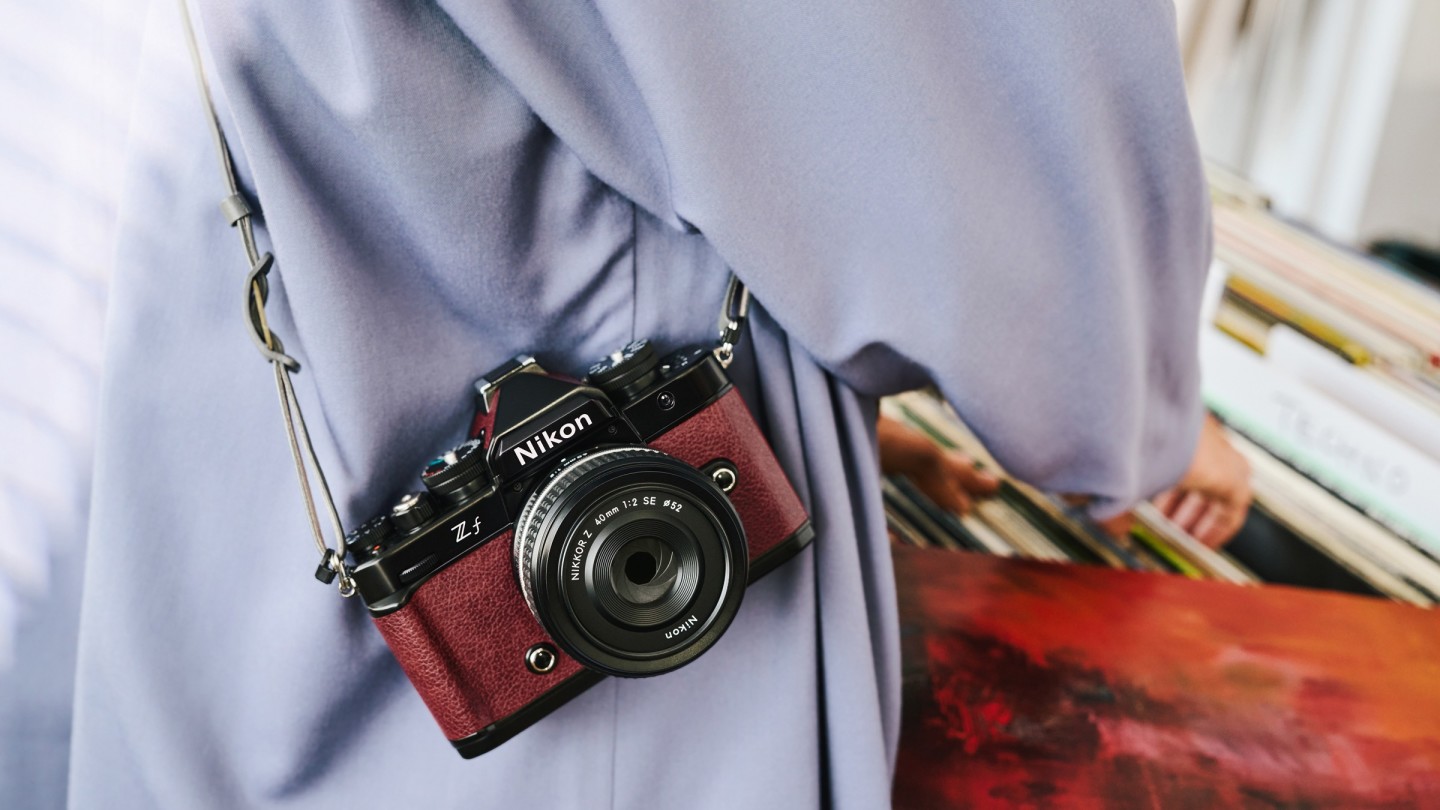
Roula Khalaf, Editor of the FT, selects her favourite stories in this weekly newsletter.
In with the old school
Putting advanced tech into traditional-looking hardware is guaranteed to initiate mild euphoria in people of a certain age – my age, in fact, if we’re going to be specific about this. Nikon’s latest Z-mount mirrorless camera presents as an old-school F-mount: pseudo-leatherette exterior, buttons and switches inspired by 50-year-old models but given modern functionality, brass dials destined to take on a gentle patina over time, a ker-chunk mechanical shutter. The classic black version is unashamedly retro, but for those who yearn for a more flamboyant collision of classic and modern, it comes in six more colourways including Moss Green and Sunset Orange.
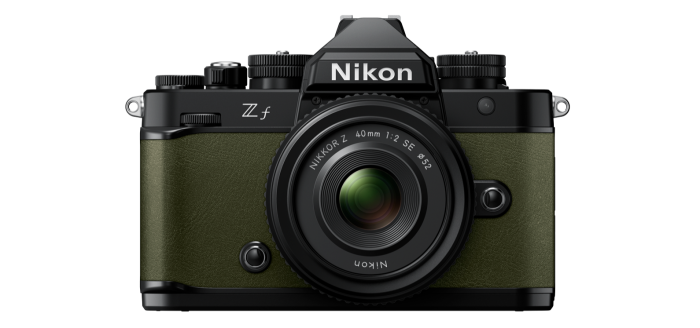
Nikon Z f, from £2,299 body-only
A camera that takes its design cues from the past will inevitably suffer an ergonomic hit; while it’s substantially lighter than its professional big sisters the Z8 and Z9, the Z f is not necessarily more comfortable in the hand. But that’s a minor negative in a sea of positives. For those (like myself) who experience low-level unease when manually adjusting camera settings, full auto mode does some spectacular heavy lifting and essentially plonks a supercharged compact camera in your hand: very quick start-up time plus brilliant results. If you already speak fluent ISO/aperture/shutter speed, you can assume as much control as you like. But if you want to learn, the Z f acquaints you with the basics and encourages you to think creatively about the images you’re making.
It’s a well-forged alliance of new and old. On one hand, you’ve got slots for both SD and microSD cards, a vari-angle monitor for vloggers, super-smooth slo-mo video and automatic subject detection (people, animals, aircraft…) On the other, it has a deep-tone monochrome mode that’s capable of stunning black-and-white pictures with barely any effort – the kind of bold shots you’d have worked hard with a red filter to achieve back in the days of film. If you grew up using such cameras, the Z f will prompt a gentle smile of recognition. If you didn’t, you’ll simply be enjoying semi-pro power in a quite beautiful package. Nikon Z f, from £2,299 body-only
Instant gratification
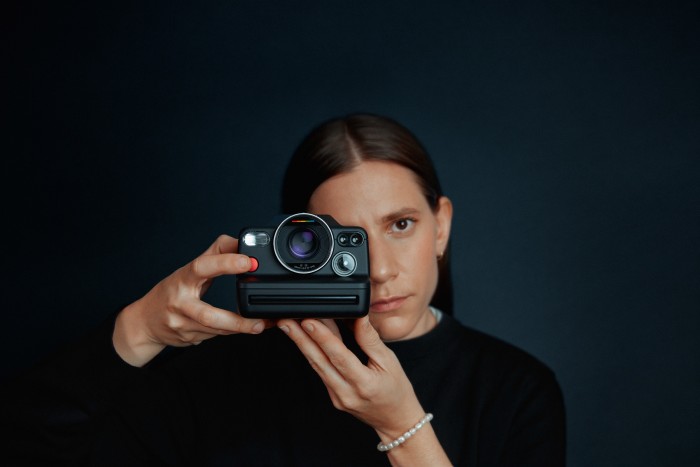
Polaroid’s journey has been extraordinary, from hugely celebrated (both practically and artistically) to almost obsolete and back again. It’s faintly preposterous that this new, high-end, three-lens, autofocusing integral film camera even exists, given how easy it is to snap high-quality pictures on our far more portable smartphones. But as soon as you slot in a chunky cartridge of i-type film, those eight shots become rather precious.
The device works seamlessly with the accompanying app (I hardly ever say that) and the resulting pictures are now pinned to my office noticeboard: shimmering colour, sharp detail and a beautiful bokeh blur. Polaroid I-2 Instant Camera, £599.99
A level head
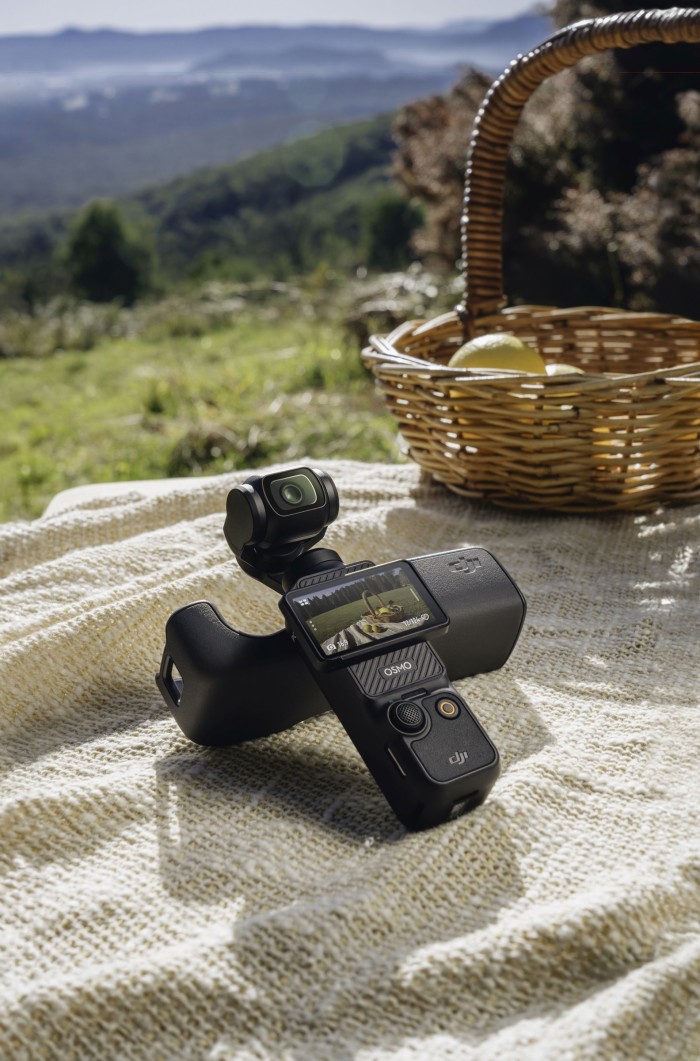
Having experienced the indignity of trying to assemble and align an errant smartphone gimbal in public, I’m thankful for DJI’s compact, all-in-one camera-gimbal flagship, which makes such antics look laughably old-fashioned. This package comes with two handles, mic transmitter, wide-angle lens, tripod and other goodies. Three gimbal modes offer flexibility when filming (eg, Follow mode for selfies) and its Active Track feature will doggedly follow whichever subject is in focus. The 2in touchscreen is adequate enough for monitoring, but the true majesty is revealed when playing back on a big screen: smooth 4K footage with vibrant colours. DJI Osmo Pocket 3 Creator Combo, £619
Reach for the stars
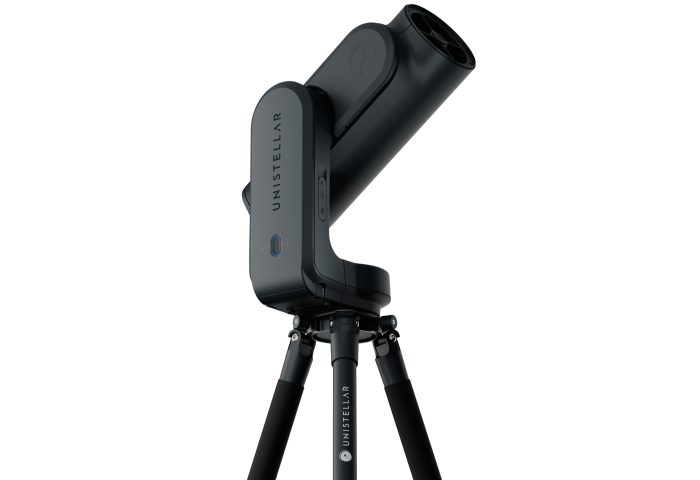
Unistellar Odyssey Pro telescope, from £3,499
Amateur astronomy can involve a steep learning curve. There’s plenty of tech out there for urban stargazers, but you have to know where to look, when to look and what for. Unistellar’s newest model is designed for those with little knowledge but boundless curiosity; the companion app advises where the most interesting stellar objects currently are and what they’re up to on a given night, while high-precision Nikon optics guide you towards them. Multi-depth technology captures low brightness objects (nebulae and galaxies) as well as high (the moon, planets), and does a great job of autofocusing on these small dots despite the expanse of darkness surrounding them. Unistellar Odyssey Pro, from £3,499
Your next project
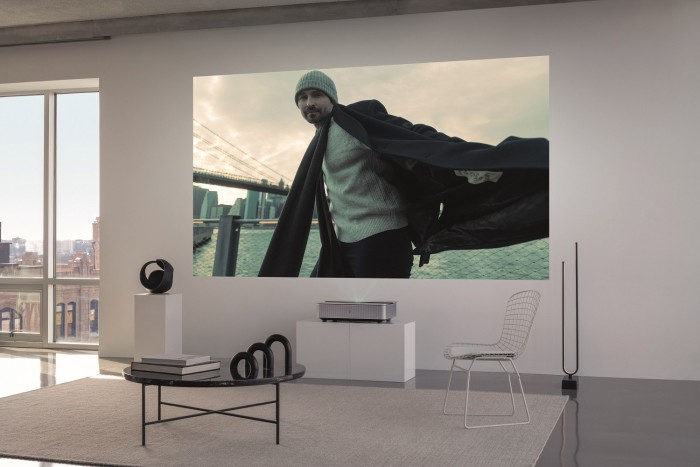
Large, high-spec TVs come with two annoyances: getting them up a spiral staircase and reflections on the screen. Both these are resolved by short-throw projecting onto an ALR (ambient light rejecting) screen, and the Cine 1 demonstrates this to wonderful effect. It’s Leica’s tardy follow-up to the world’s first mass-produced projector (the Uleja) launched in 1926. That device is now a museum piece, but the Cine 1 is a true living-room statement, a sizeable 15kg unit with 50W Dolby Atmos surround sound. While cheaper short-throws can project at different sizes but suffer an attendant dip in visual quality, the 120in version of the Cine 1 projects at 120in alone, but in breathtaking detail. Leica Cine 1, 120in, £8,995 (without screen)
Comments